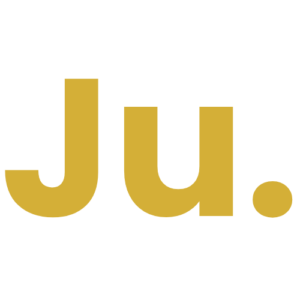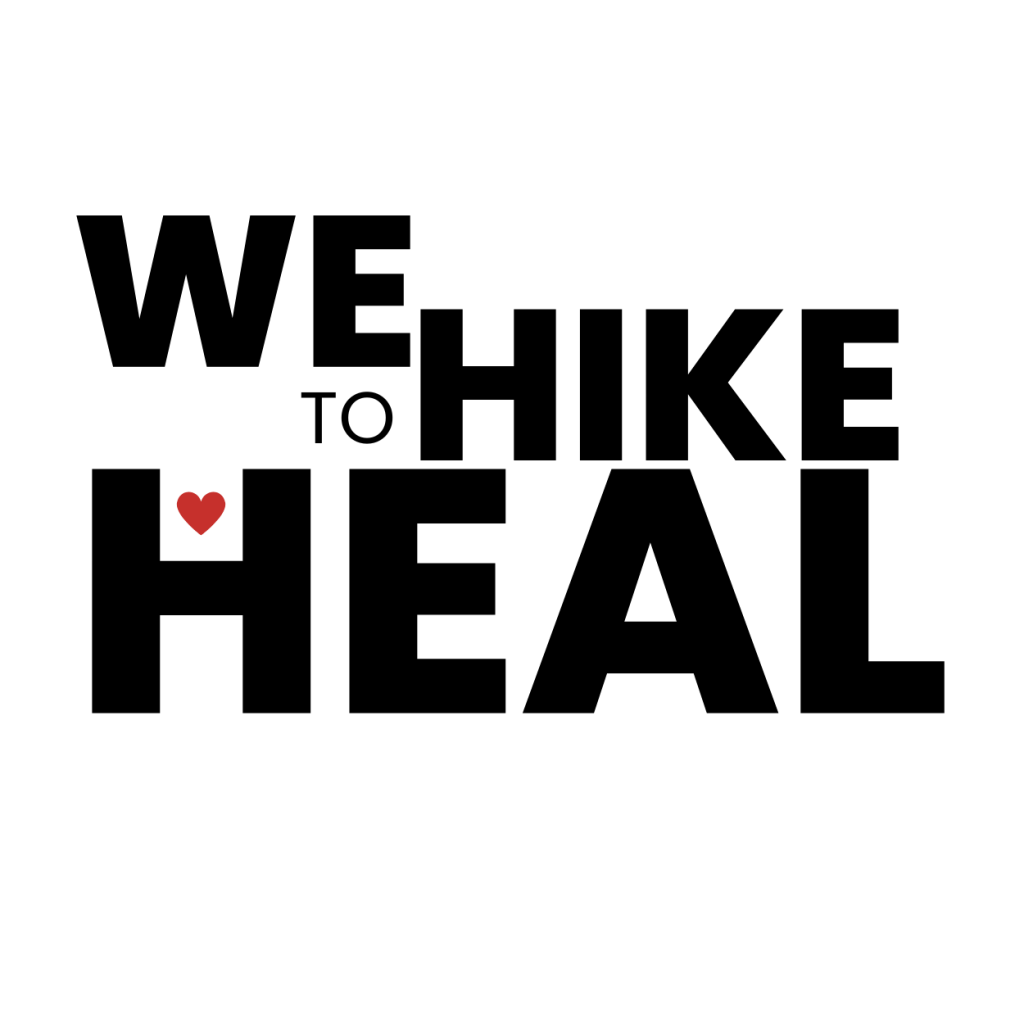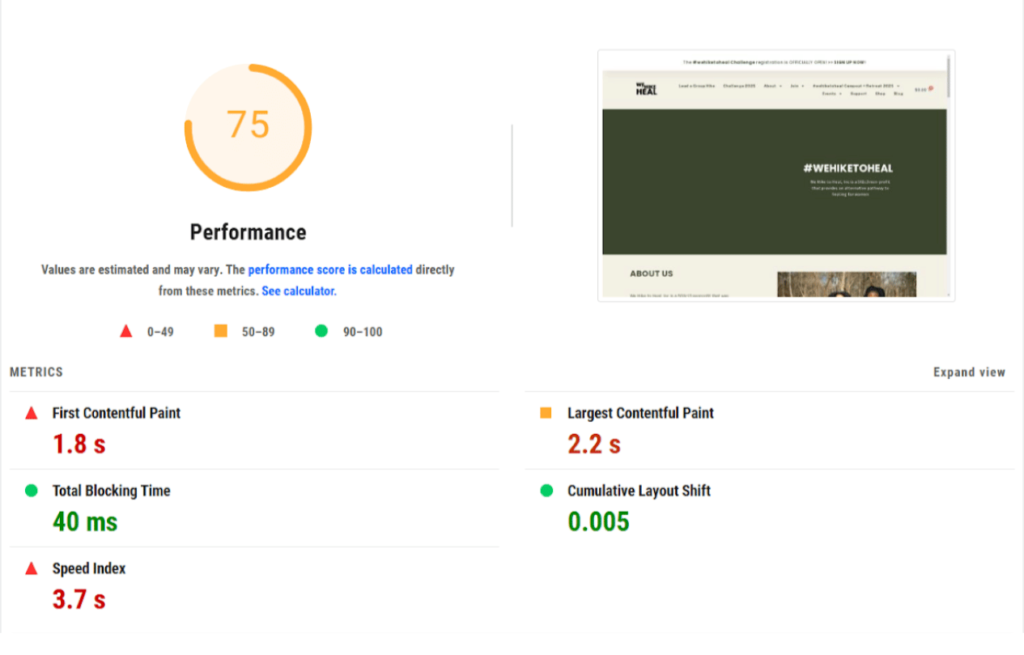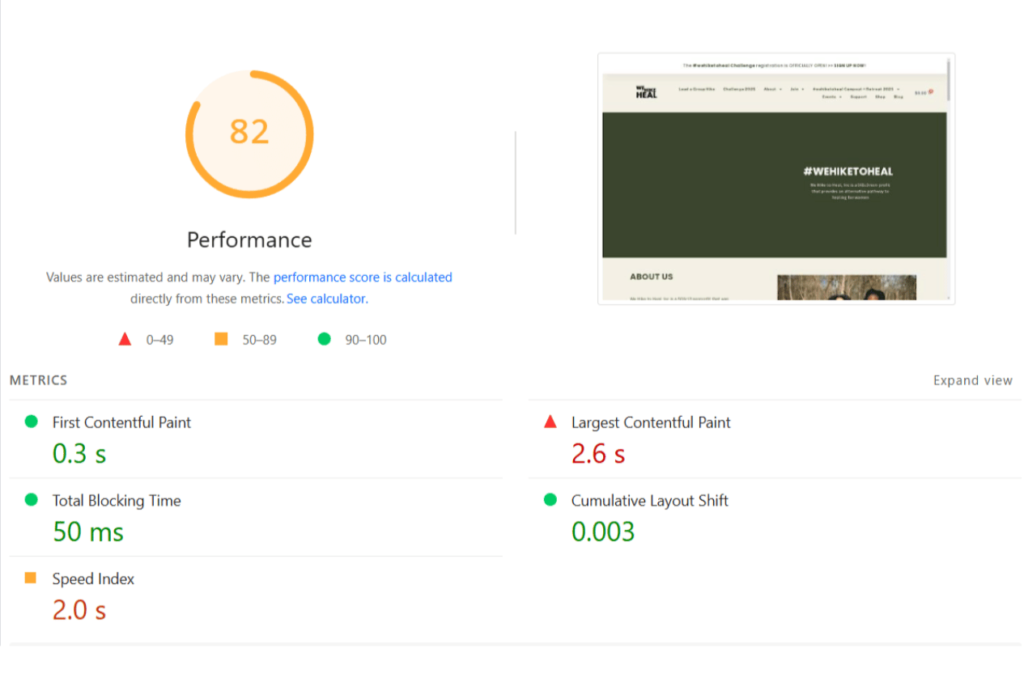SEO case study
Overview
We Hike To Heal (WHTH) is a non-profit organization that seeks to build an inclusive community that creates a sacred space for healing and adventure for women through guided outdoor activities such as group hikes, camps, and retreats.
Solo
7 weeks
Problem
We Hike To Heal was experiencing a 50% decline in website visitors and participants for their hikes. Their goal was to gain more visibility.

Process
Week 1:
With the use of SEO tools like SEMRush, Pagespeed Insights, and Screaming Frog, I was able to make a SEO audit for WHTH.
These were the top issues:
- Crawlability and indexability issues
- Poor site performance
- Thin content
- Lack of keyword optimization
- Weak internal linking
- Low authority backlinks
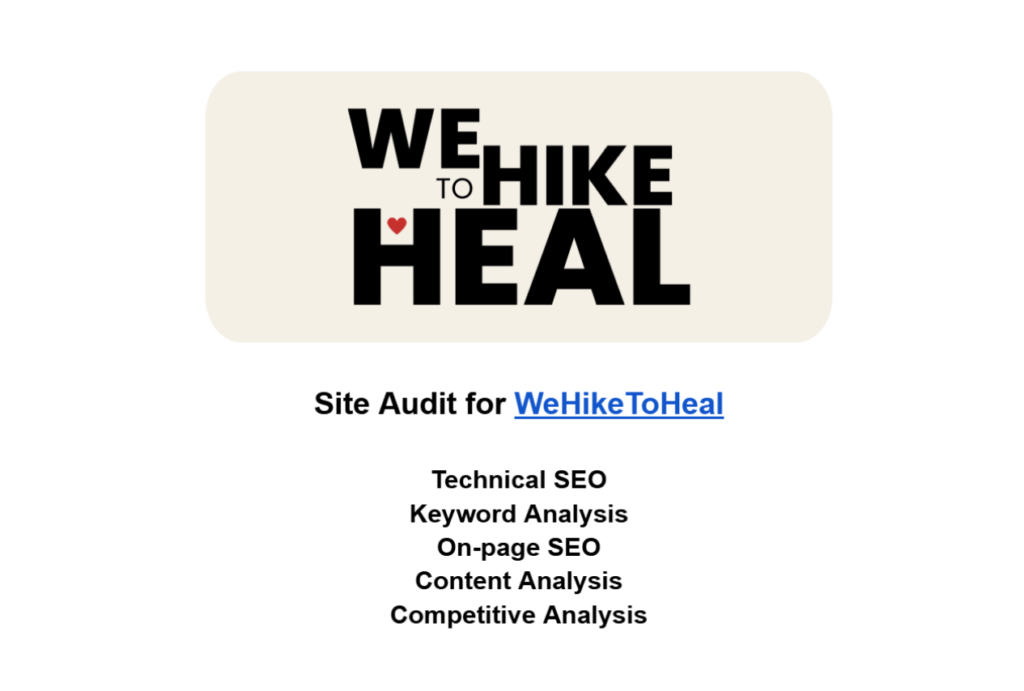
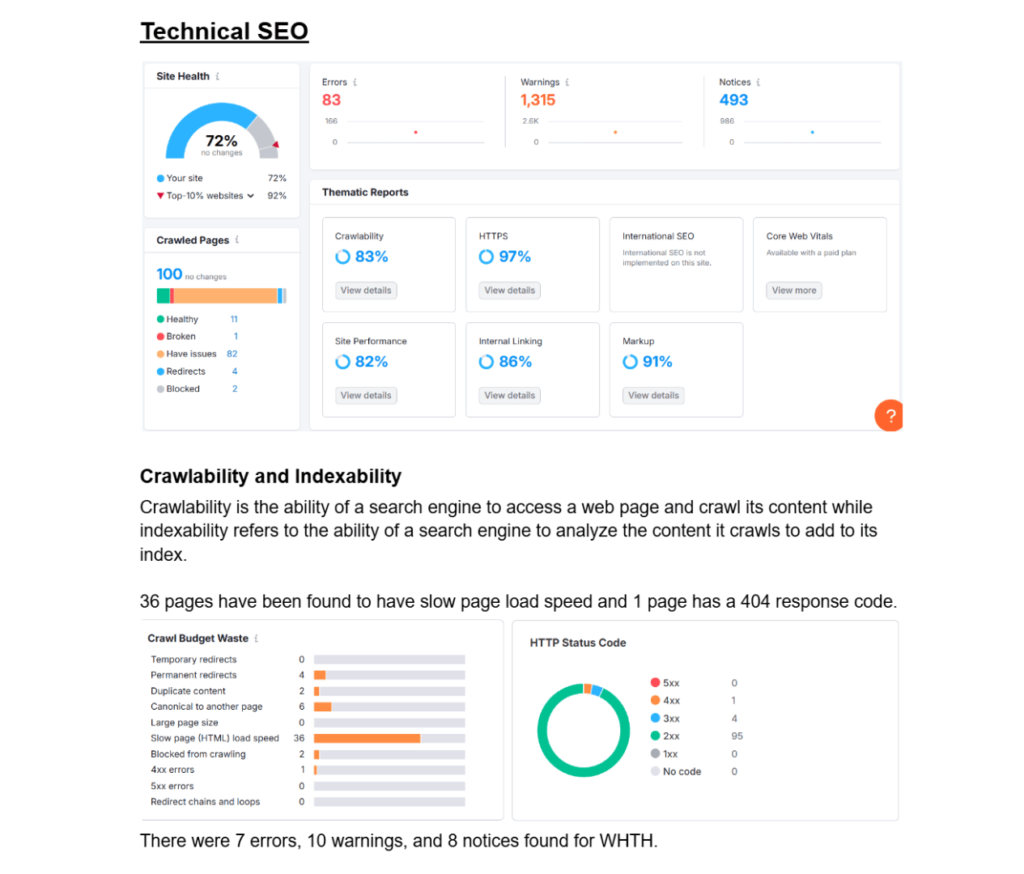
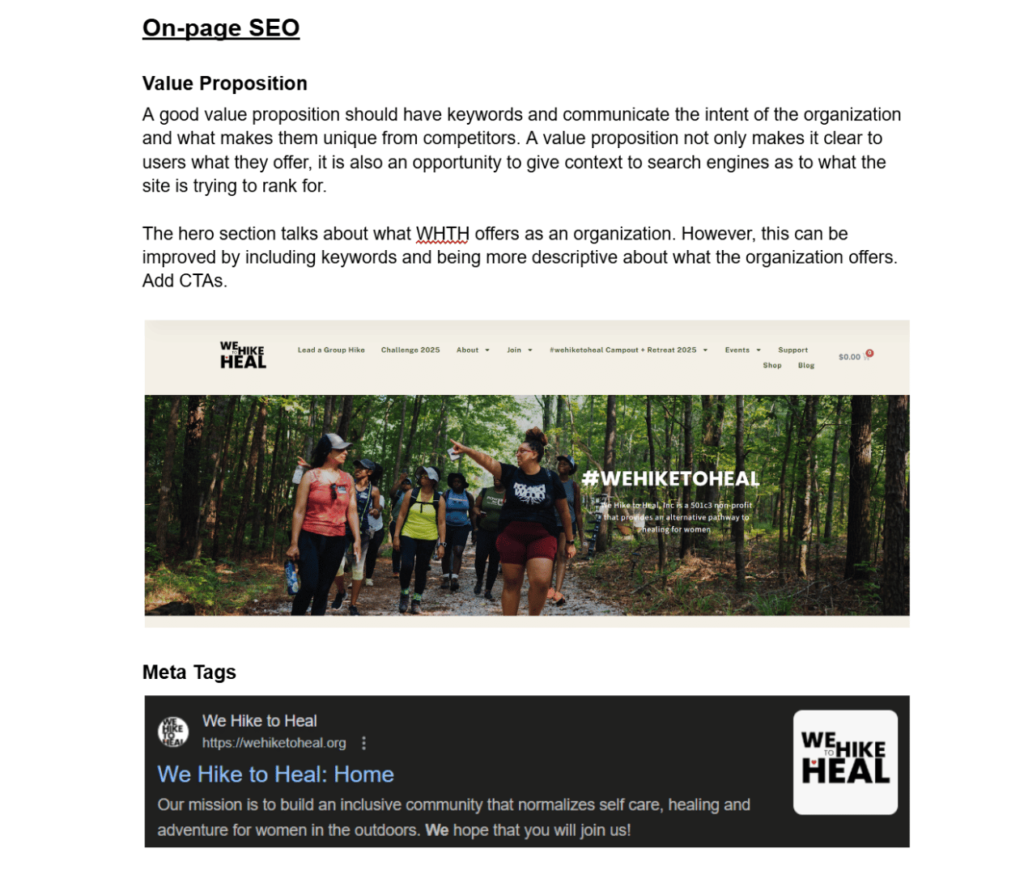
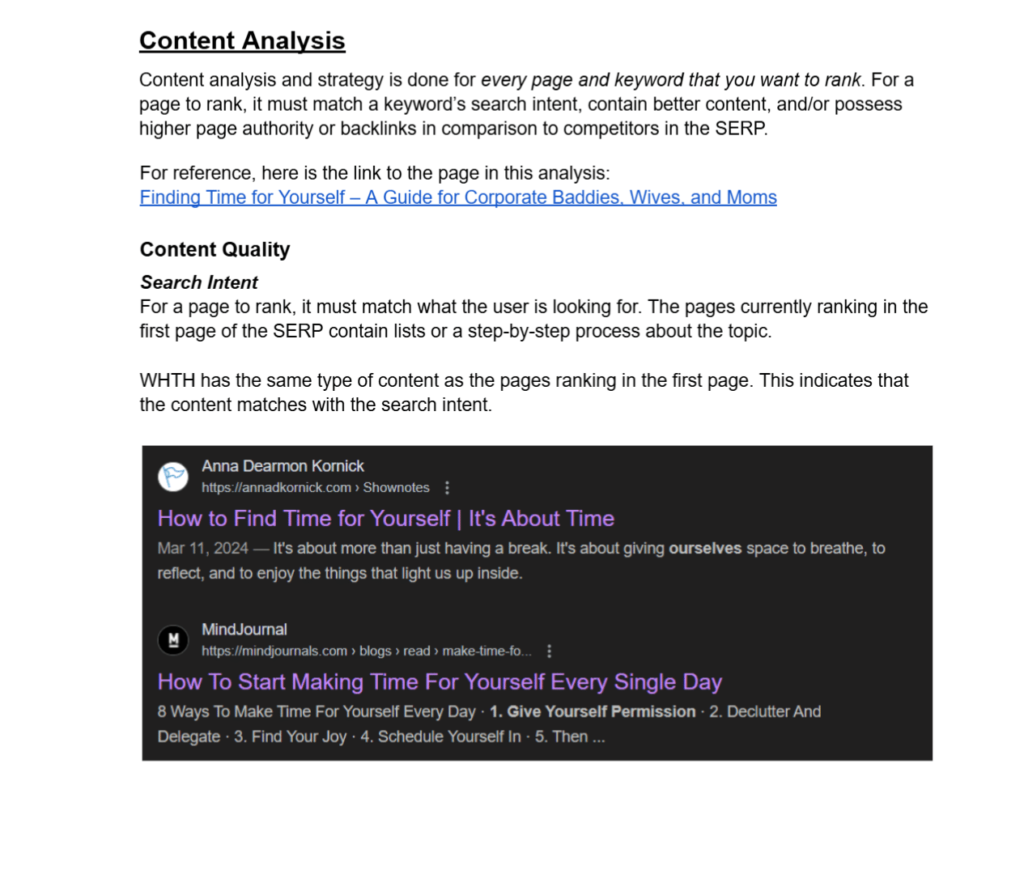
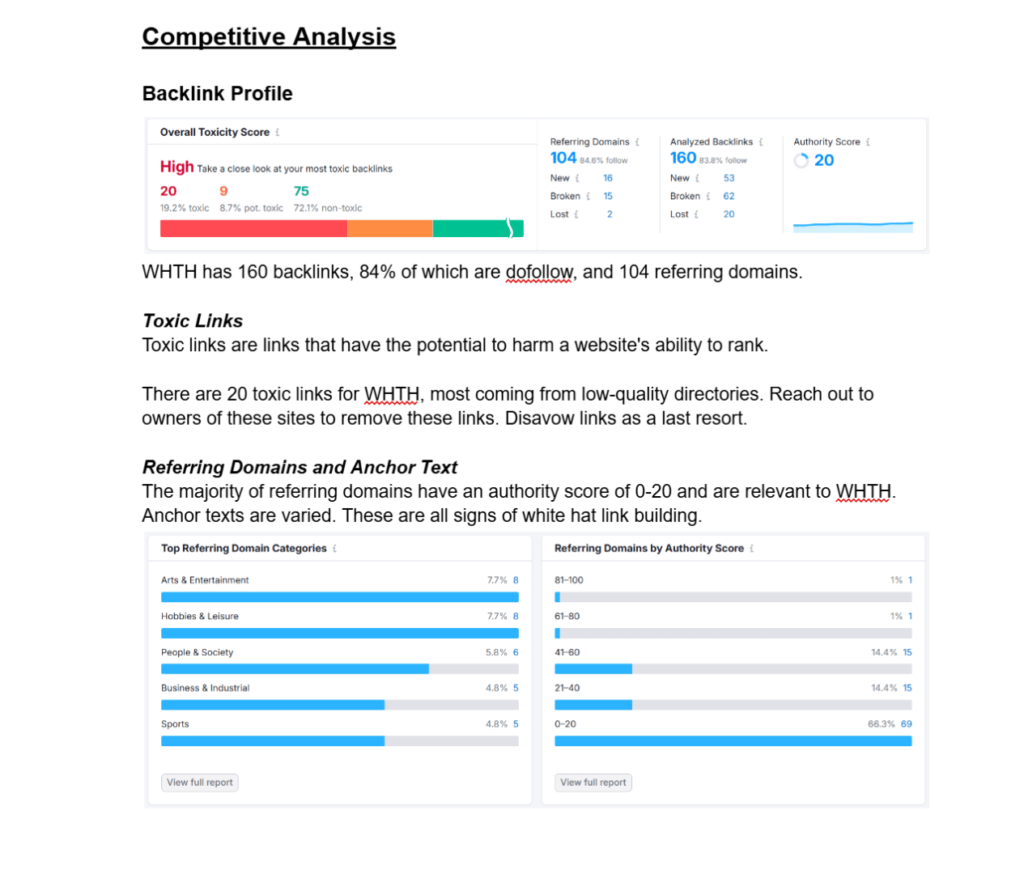
After Identifying these issues, I constructed a growth plan detailing the timeline and weekly tasks or goals.
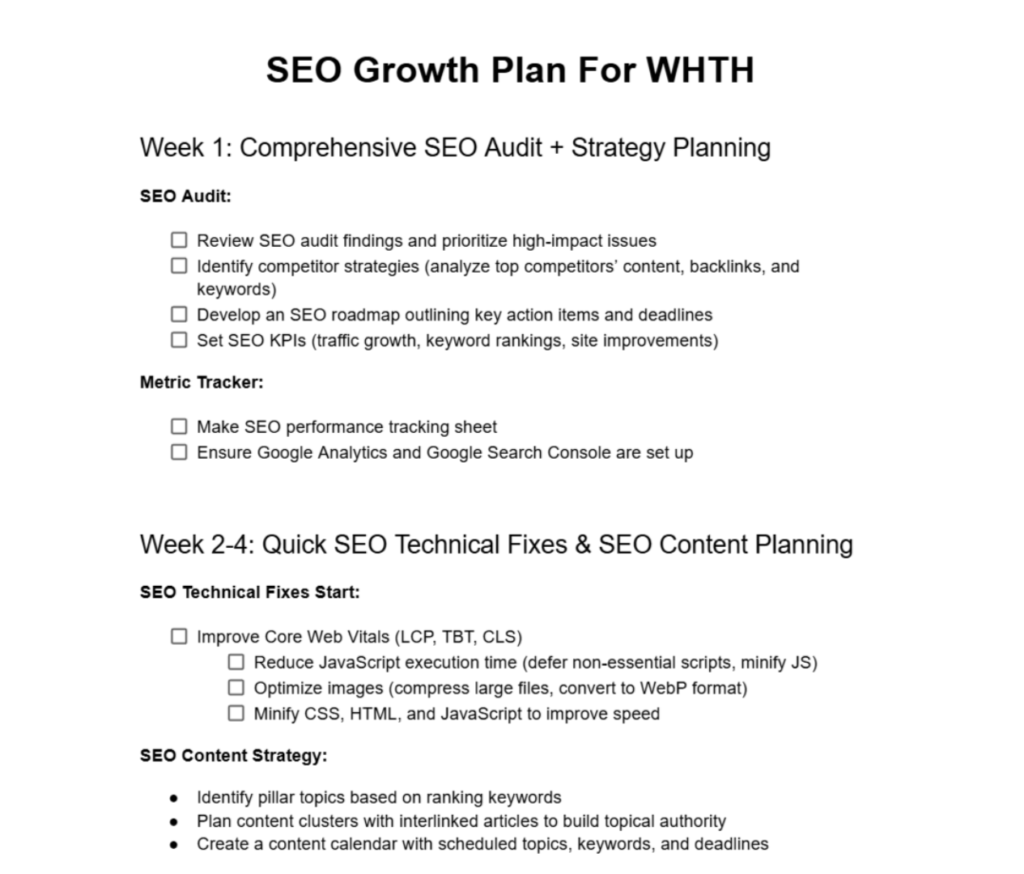
I created a strategic content plan featuring in-depth keyword research, titles, content types, funnel stages, estimated word counts, CTAs, and a content tracker.
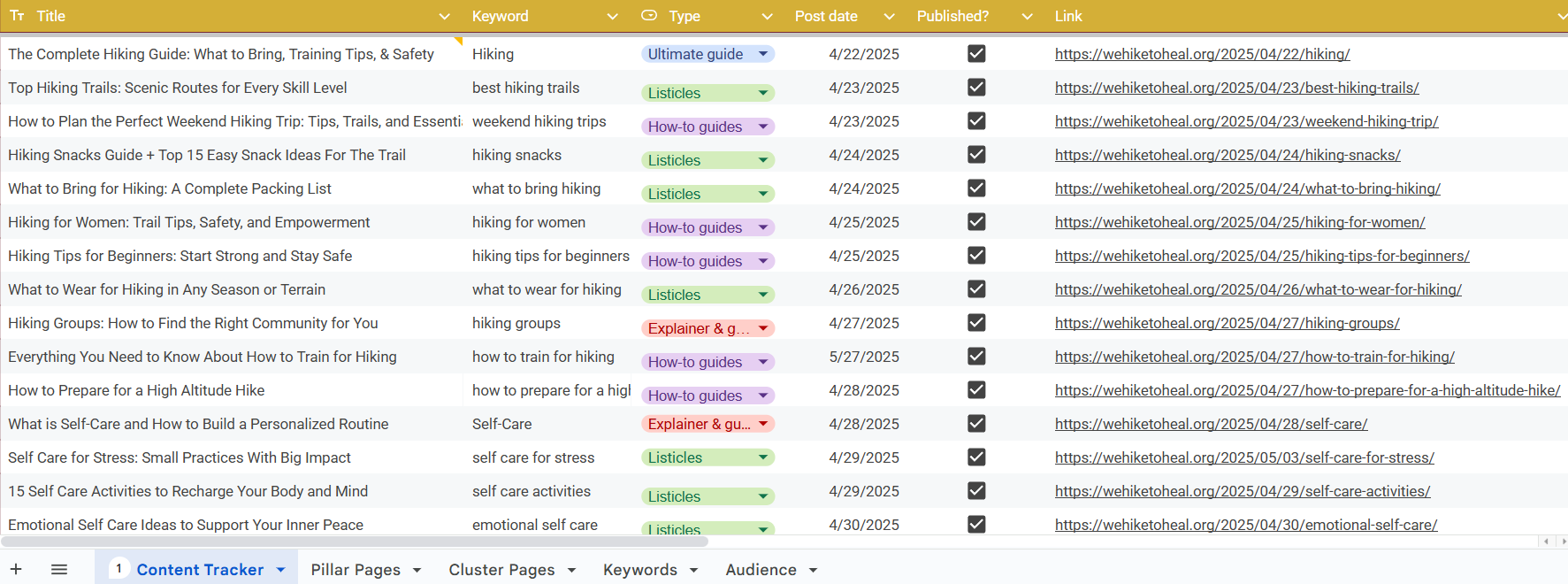
Given the site’s low domain authority, I focused on low-difficulty keywords with at least 100 monthly searches. Pillar pages targeted broad, high-volume terms, while cluster pages focused on long-tail keywords.

For each keyword, I checked the SERP to understand what content ranked on page one and the typical word count. This helped ensure content matched search intent.
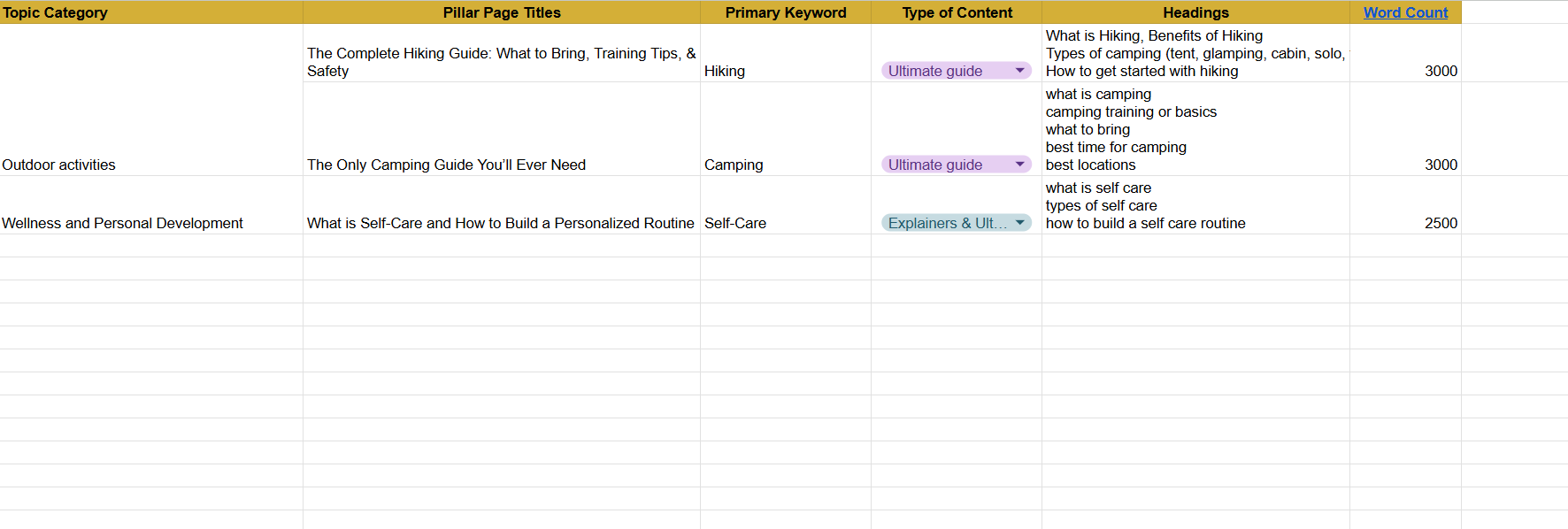
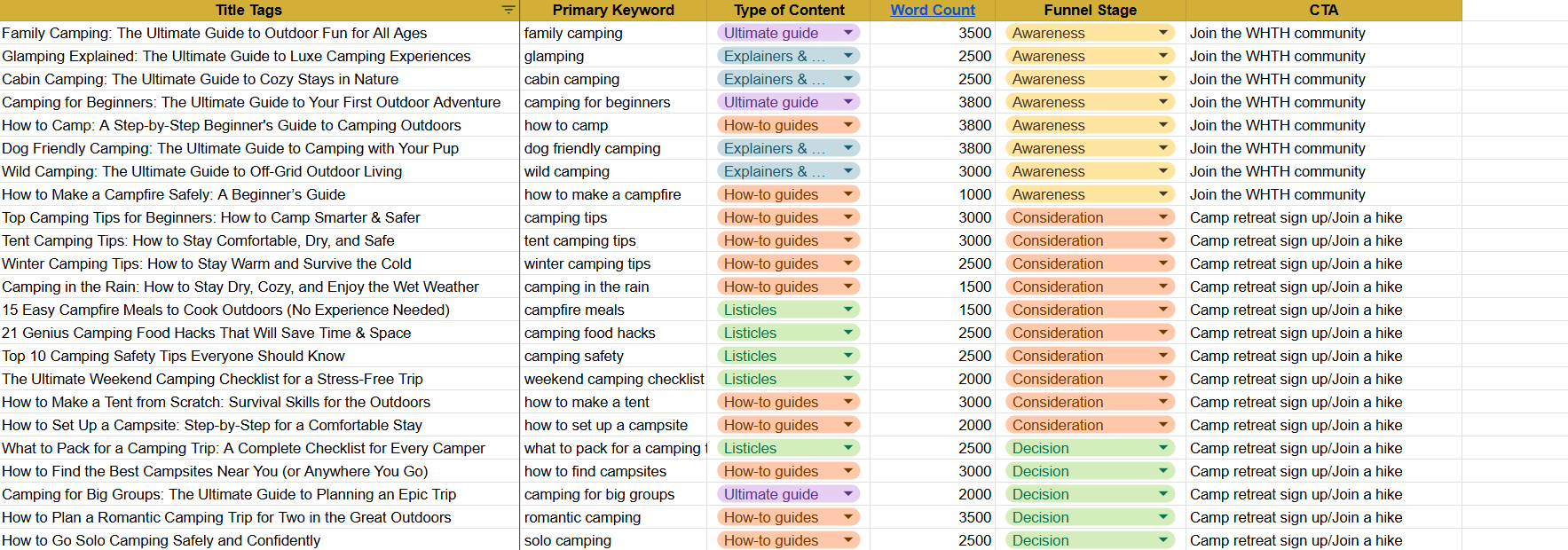
I mapped each topic to a stage in the funnel to guide internal linking and choose the right CTA. TOFU pieces had low-friction CTAs, while MOFU and BOFU content used more action-driven prompts.
Week 5-6:
I published 20 blog posts, posting 1-2 times per day. I included callouts and 3 images within each content piece. I made sure each piece had sufficient and proper keyword usage, internal and external links, content hierarchy, and CTAs.
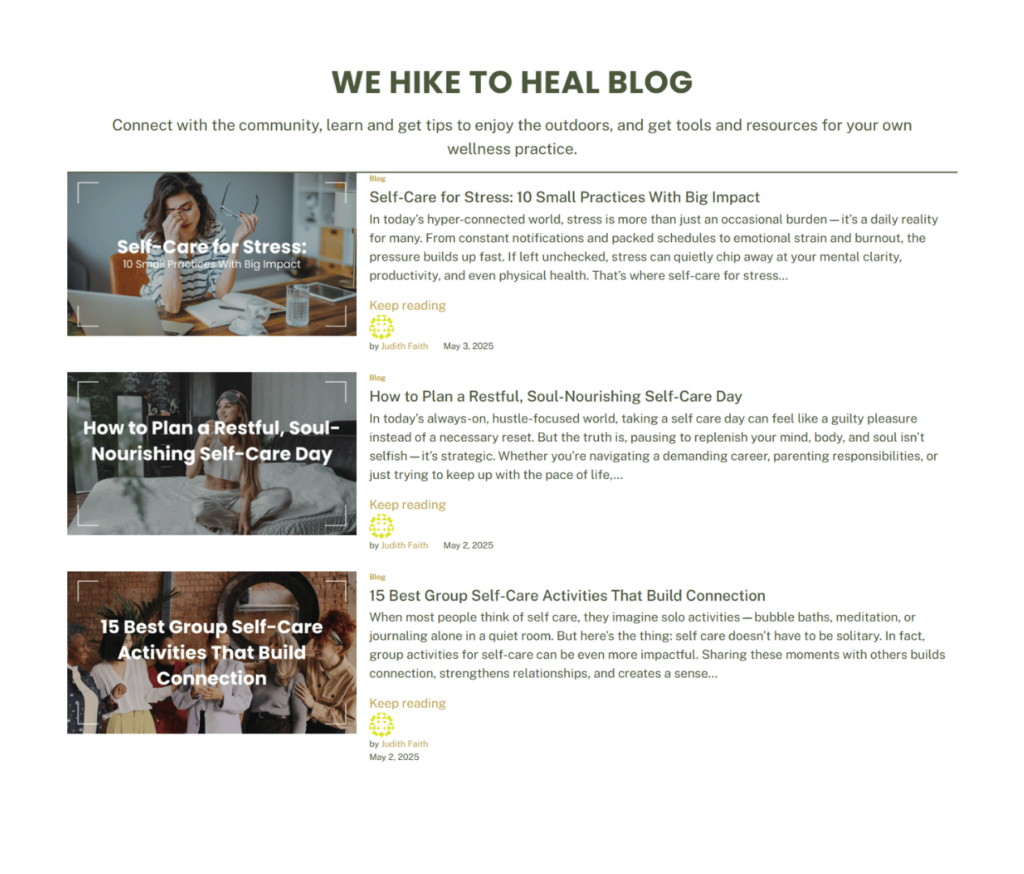
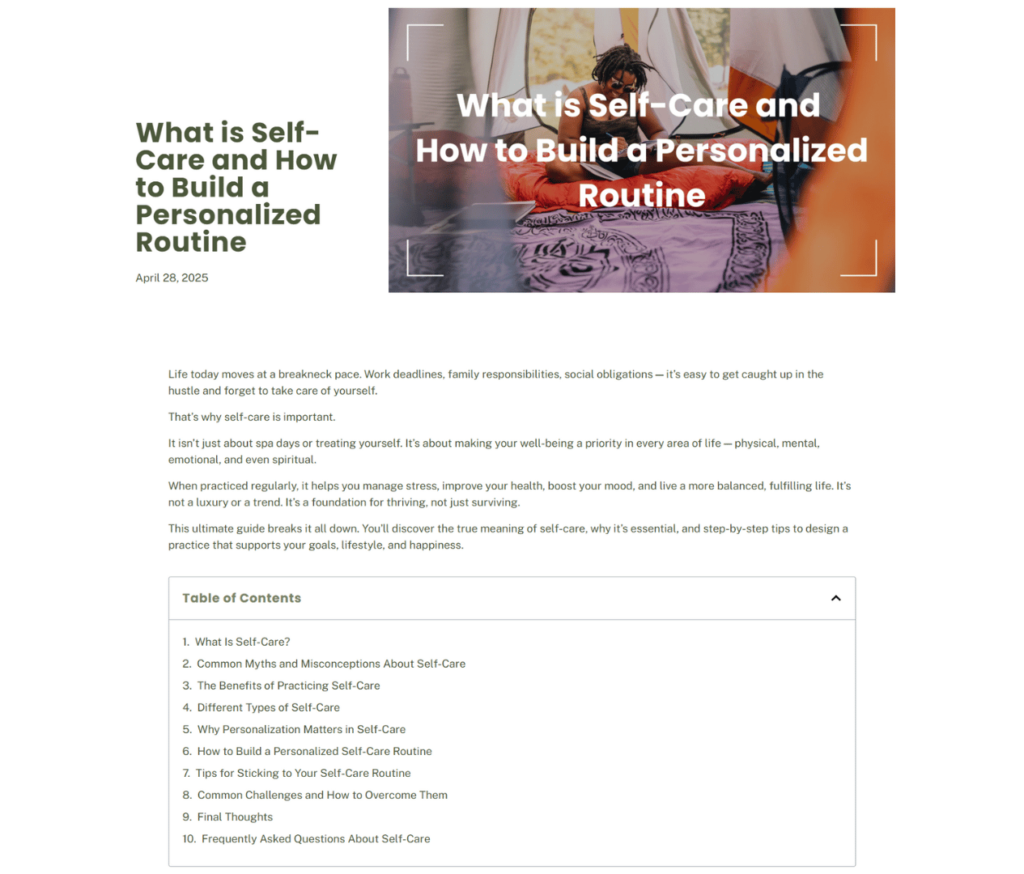

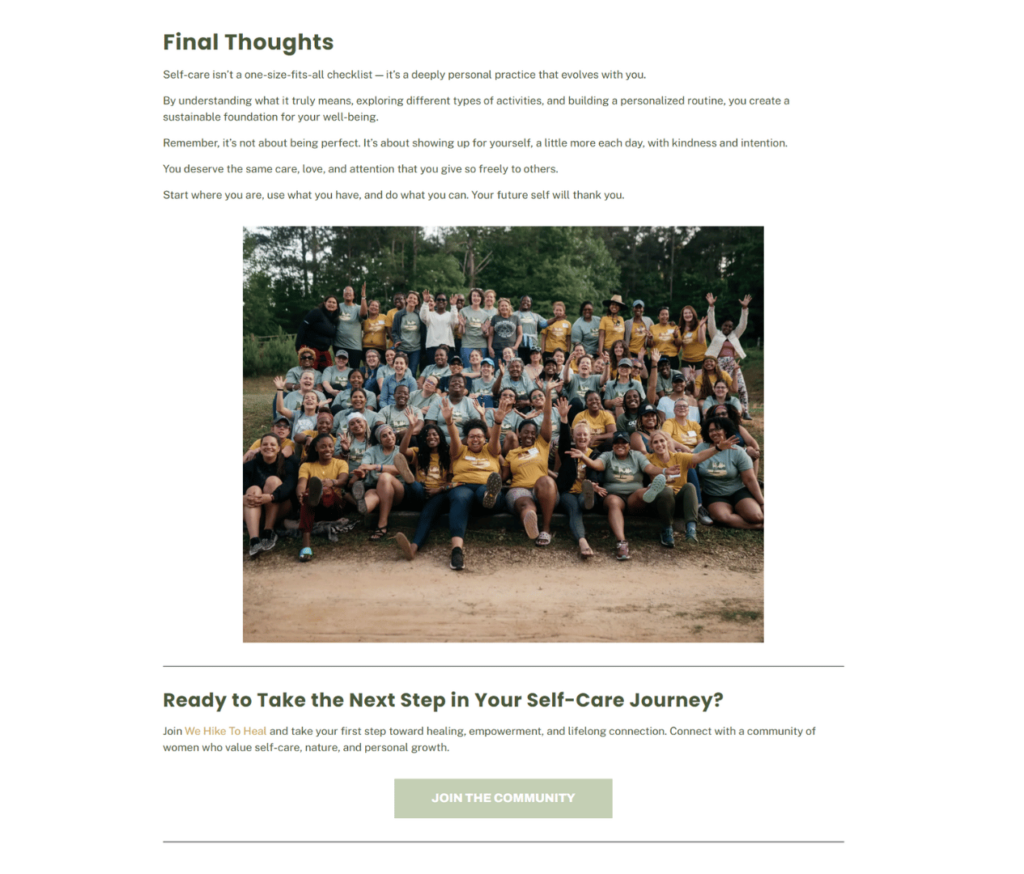

I optimized the on-page SEO of the homepage including keyword optimization, adding more content, and improving internal links and their anchor texts.

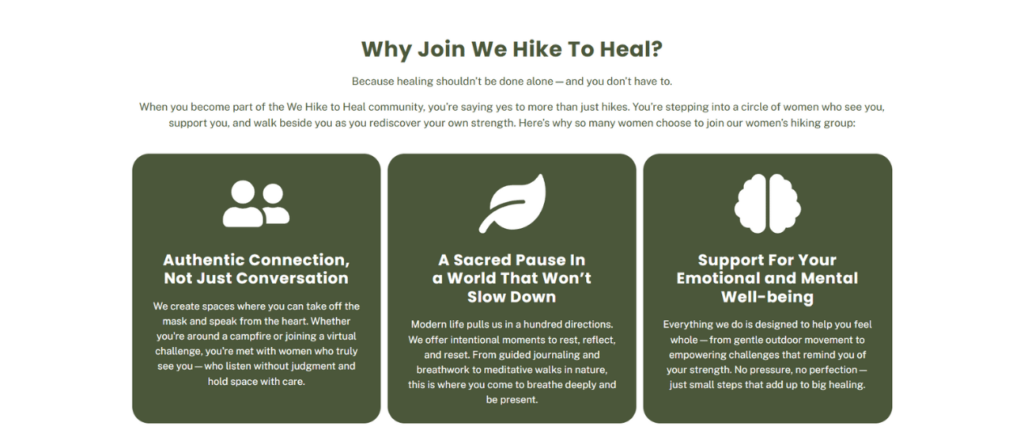
Week 7:
I fixed crawlability and indexability issues such as: deindexing duplicate user pages and content, replacing broken internal and external links, adding the missing meta descriptions and h1 tags, shortening lengthy title tags, and fixing links pointing to HTTP pages.

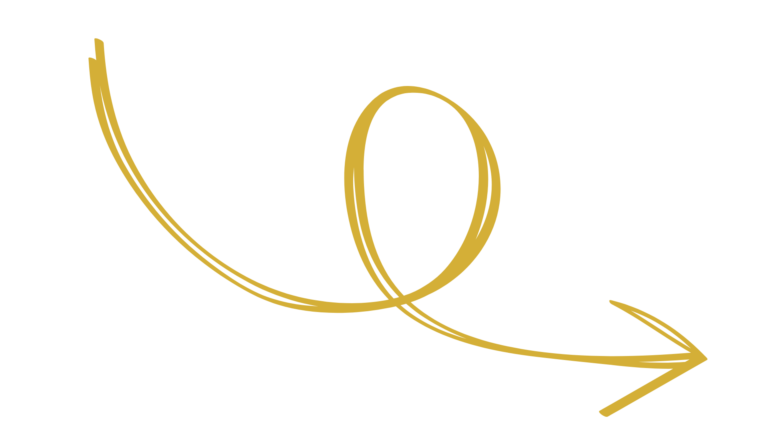
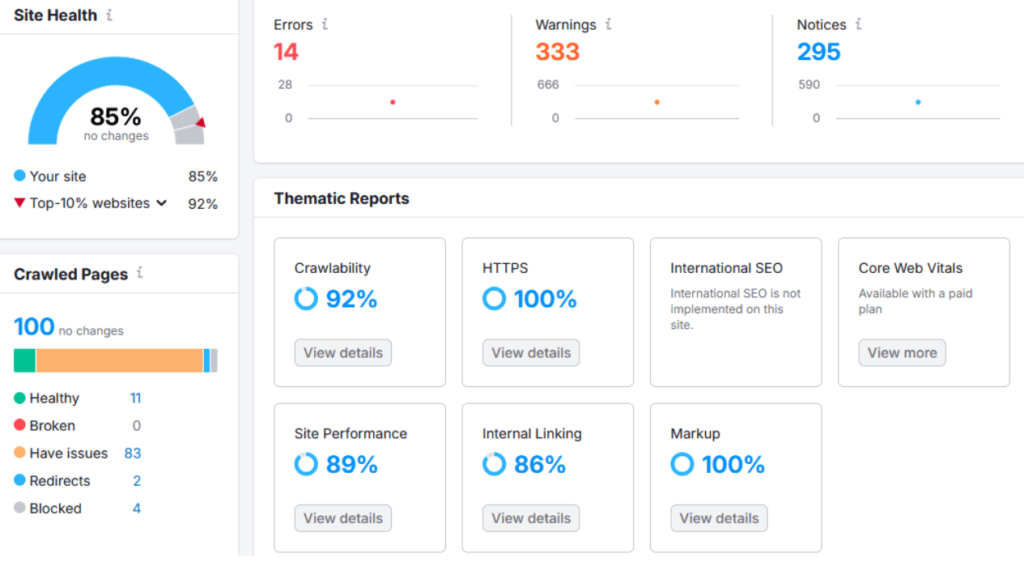
Results
The campaign showed a strong upward trend in impressions and organic keyword growth from the first week to the last, showing the early signs of SEO success.

Note that while week 1 started on 24/02/2025, the campaign was paused and continued on 31/03/2025.

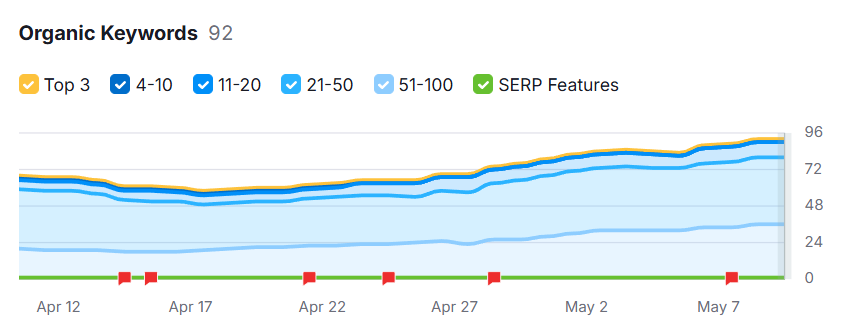
Short-term drops in CTR and average ranking are common after SEO changes, as search engines recalibrate and begin ranking new content — often for a broader set of keywords that may initially appear in lower positions. This is part of the process when content starts gaining traction.
Reflection
Throughout this experience, my biggest challenge was doing everything on my own, especially when it came to tasks that needed coding skills or knowledge. While I overcame this by searching things I didn’t know and learning things as I went, it is definitely easier to work with a developer for technical SEO fixes. This experience has definitely taught me how valuable teamwork is.
Another challenge I faced during this project was managing perfectionism and pressure to deliver flawless results. It led to moments of burnout and second-guessing my work. Through this experience, I learned to prioritize progress over perfection and manage my energy so I don’t get burnout. These changes not only helped me stay consistent and focused but also improved the overall quality of my work.
